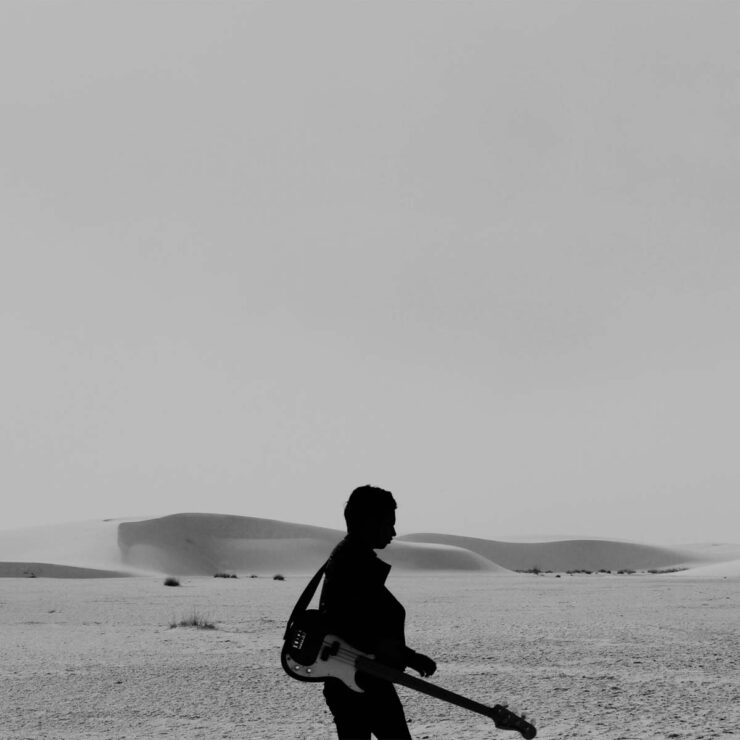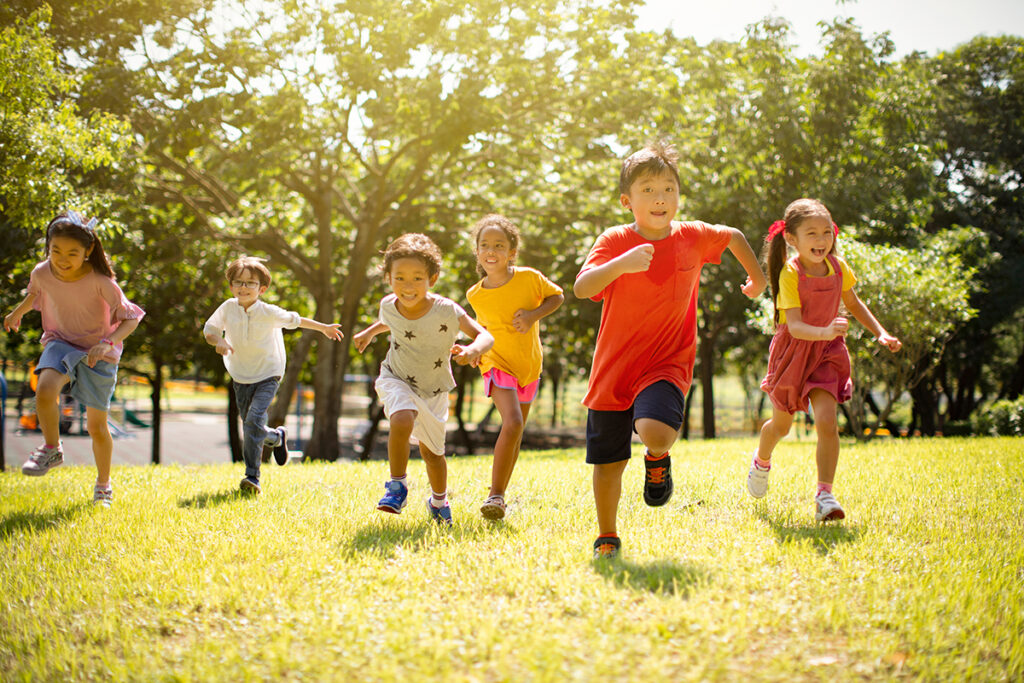Color trend in Building
There are aspects of basic colors that are commonly known to be true. Combining blue with yellow creates green, for instance. Red means stop, green means go. The appearance of color itself to the human eye comes from the stimulation of cone cells, caused by visible light waves. But not everyone sees colors the same way. Color blindness is one example where people physically perceive and differentiate hues that may be completely unavailable to others. Psychologically, colors can elicit various emotions and affect behavior, to the point where fields of study have formed to analyze color preferences and associations. This is all in the pursuit of better understanding and, of course, persuading potential buyers of goods and services. Color trends even have a bearing on the moods and attitudes of society at the time. Historically, colors are tied to certain decades or years — the swinging 1960s saw bright and “psychedelic” hues come to the forefront, while the recession and environmental movement of the 1970s brought about muted, earthy tones. Pantone’s pick for 2017 Color of the Year, Greenery, is said to reflect the current cultural climate of minimalism, healthier lifestyles, and returning to the outdoors[1], a cultural trend that was widely seen in the U.S. National Park Service’s centennial celebration in 2016.
.
Visit site- 28 Aug 2016
- Stephen Morris
- 2015 Creative Award



